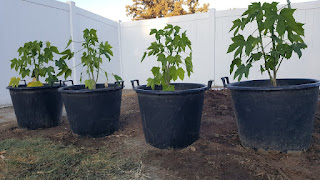(Gynura pseudochina)
Gynura pseudochina is grown in eastern Nigeria for its mucilaginous leaves, which are used in soups and sauces.
In folklore medicine, it is said that folks in northern Nigeria have cultivated and used it as a medicinal plant to treat fever. Fresh leaves are used for their demulcent property, and leaf sap is applied to sore eyes. In Asia the leaves are used to treat skin irritation caused by insect bits, pimples, bruises, to cure scabies and erysipelas. Leaves, stems and roots are variably credited with haemostatic, antipyretic and vulnerary activity. Plant parts are used to regulate menses, to treat breast tumours, herpes infections and sore throats. As an ornamental Gynura pseudochina is grown in pots.
Gynura pseudochina var. hispida commonly called Sambung Nyawa Batik. It is a semi-succulent, perennial herbaceous plant. The leaves has been used in traditional medicine to treat skin irritation caused by insect bites/stings, pimples and bruises. The leaves also can be cooked and used in soups, salad, stir-fry, and sauces.
Sunlight: in USDA zone 9a it needs protection from afternoon sun.
Water: Water when soil feels dry to the touch. It is highly sensitive to wet soil, do not over-water.
- Native to China, Vietnam, Laos, Thailand, Myanmar, and neighboring countries. Cultivate in many other countries for its culinary and medicinal value.
- Tender leaves and shoots is harvested and eaten raw or cooked.
- It is rich iron, calcium, potassium, and vitamin A.
- A perennial in tropical and subtropical climate. I grow them outdoors with overhead protection year round in an arid climate of USDA zone 9a.
- Container planting is highly recommended as these have a low tolerance for cold and wet soil. Not picky with soil, but will thrive good compost well-drained soil.
- Need protection from a harsh afternoon Sun here in USDA zone 9a.
 |
| 7822 |
 |
| June 19th |
 |
| May 1st |











Comments
Post a Comment